 help
help
Polymer-based active and passive components for optical communications and label-free sensing
Components and Technology for photonics
From molecules to components : efficient and low-cost devices
Future optical communications networks (beyond 40 Gbit/s) require high-capacity and high-speed transmissions of key optoelectronic functions for communications. Polymer-based photonic devices allow to improve considerably these requirements by proposing simple and low-cost fabrication technologies. We develop in our group research paths focusing on polymer-based integrated photonic devices, from material optimisation (molecular engineering) to the design and fabrication of various devices for optical communications. The activity benefits of technological facilities of Institut d'Alembert, allowing to elaborate polymeric microstructures and microfluidic circuits.
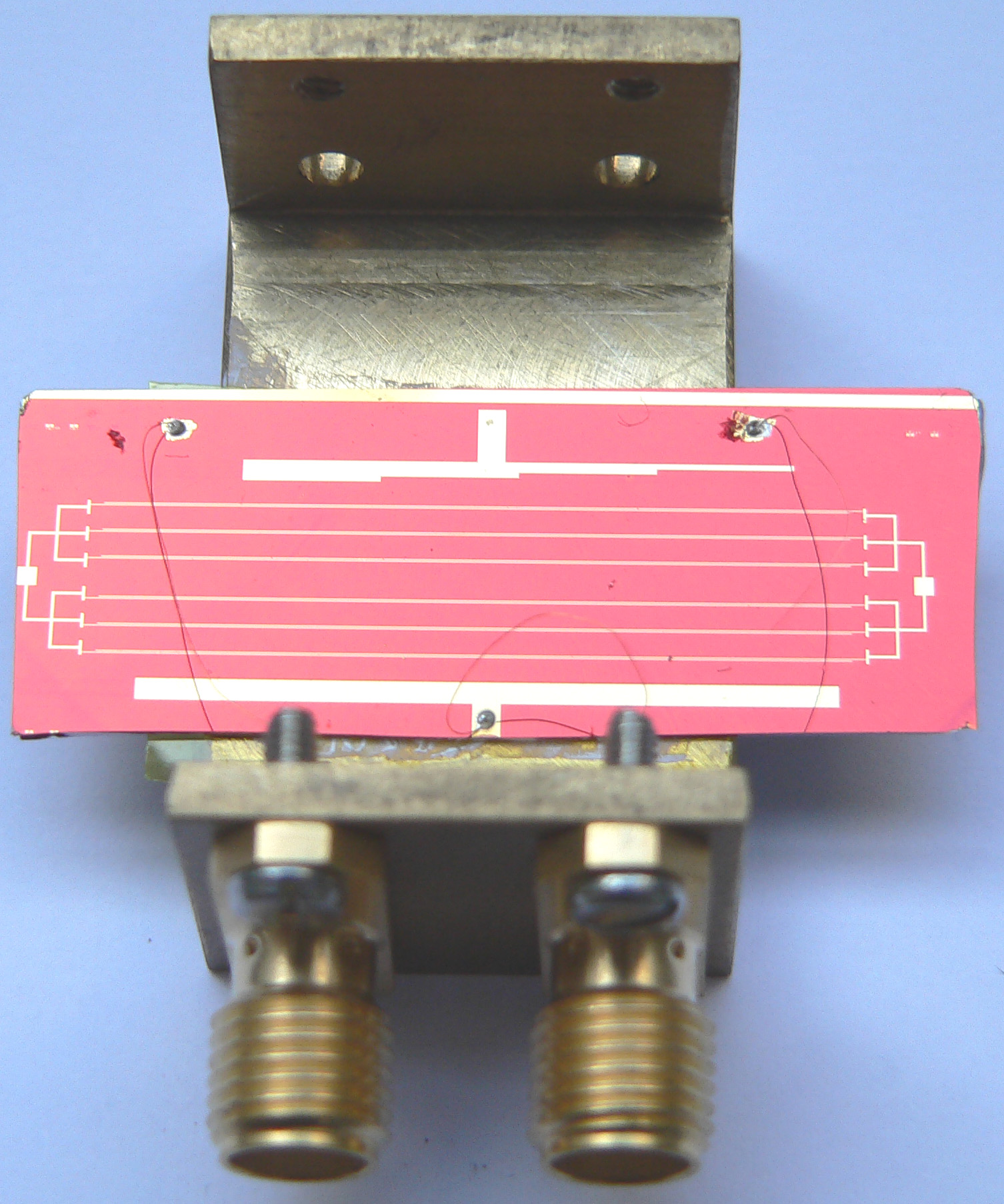
Polymeric electro-optic modulator
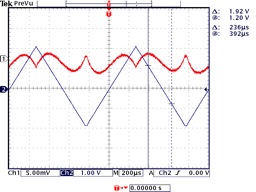
Another research direction is focusing on the design and realisation of optical integrated amplifier and lasers emiting at optical communication wavelengths in the NIR spectral region by incorporating of semiconductor quantum dot (PbSe/PbS) or rare earth ions nanoparticles or complexes, such as Erbium ions, into the polymer matrix. Such molecules and materials associate optical nonlinear response and amplification properties in the same materials.
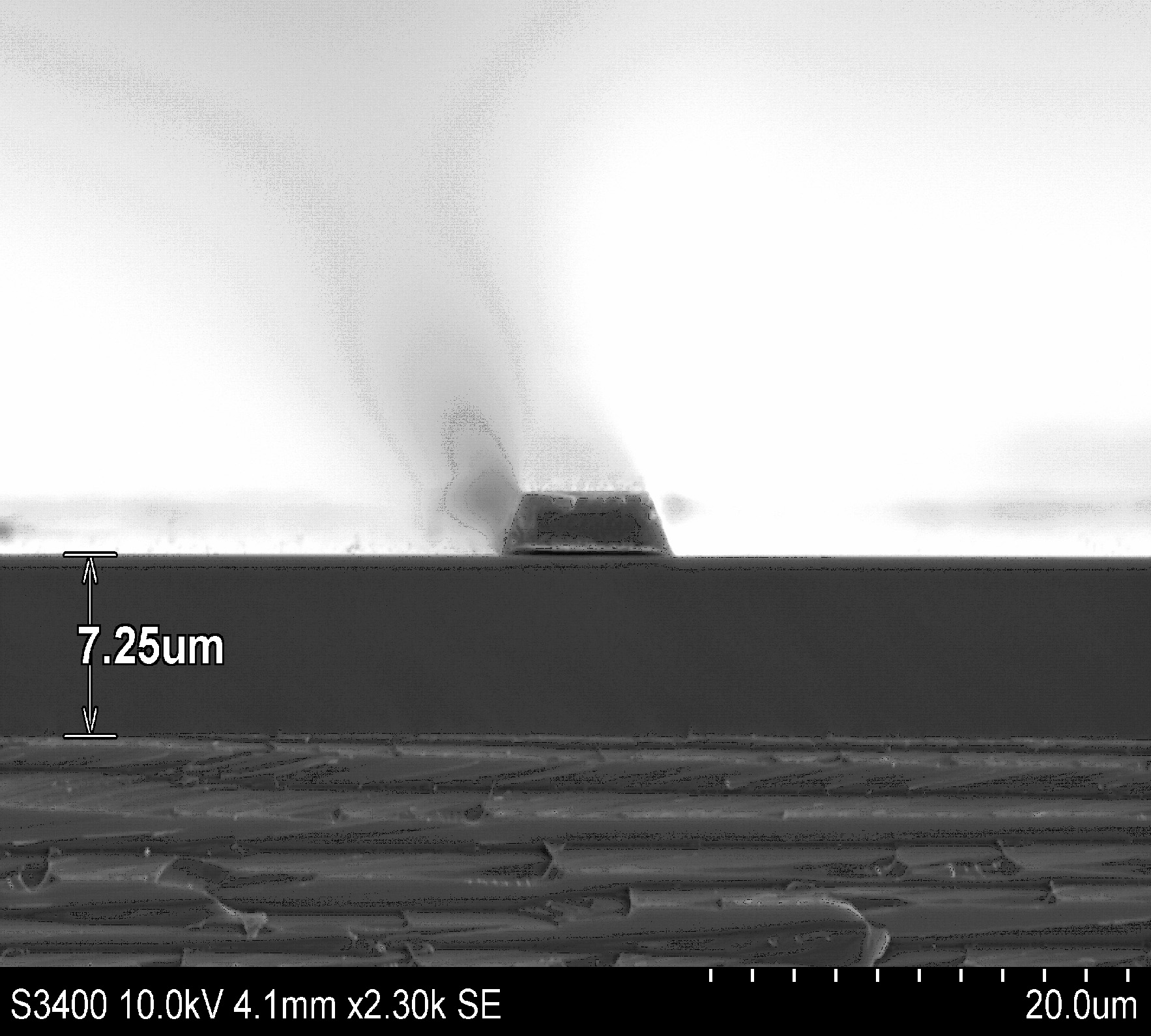
SEM image of an integrated waveguided optical amplifier based on PbSe/PbS quantum dots incorporated into a PMMA matrix
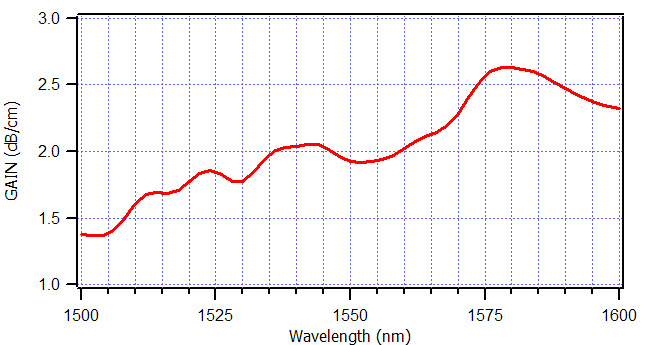
Spectral response of a waveguided optical amplifier (PbSe/PbS quantum dots incorporated into the PMMA matrix) with a pumping power of 4,8 mW at 980 nm wavelength.
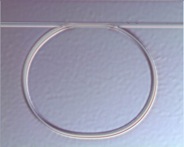
Microscope image of a polymer-based microracetrack for label-free chemical or biosensing.
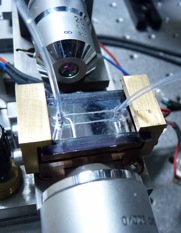
Photo of a polymeric optofluidic sensor set-up
Collaborations
ENS Cachan :
In France :
International :
Contrats
Future optical communications networks (beyond 40 Gbit/s) require high-capacity and high-speed transmissions of key optoelectronic functions for communications. Polymer-based photonic devices allow to improve considerably these requirements by proposing simple and low-cost fabrication technologies. We develop in our group research paths focusing on polymer-based integrated photonic devices, from material optimisation (molecular engineering) to the design and fabrication of various devices for optical communications. The activity benefits of technological facilities of Institut d'Alembert, allowing to elaborate polymeric microstructures and microfluidic circuits.
Polymeric electro-optic modulator
Optical response of a push-pull Mach-Zehnder electro-optic modulator based on the commercial electro-optic sidechain copolymer DR1-PMMA/30-70. Half-wave voltage : Vpi = 1,92 V. Figure of merit: Vpi.L = 3,84 V.cm
Another research direction is focusing on the design and realisation of optical integrated amplifier and lasers emiting at optical communication wavelengths in the NIR spectral region by incorporating of semiconductor quantum dot (PbSe/PbS) or rare earth ions nanoparticles or complexes, such as Erbium ions, into the polymer matrix. Such molecules and materials associate optical nonlinear response and amplification properties in the same materials.
SEM image of an integrated waveguided optical amplifier based on PbSe/PbS quantum dots incorporated into a PMMA matrix
Spectral response of a waveguided optical amplifier (PbSe/PbS quantum dots incorporated into the PMMA matrix) with a pumping power of 4,8 mW at 980 nm wavelength.
Since 2008, in collaboration with biologists of the LBPA laboratory and chemists of the PPSM laboratory within Institut d'Alembert, our group also develop a new research direction focusing on label-free sensing, based on polymeric optofluidic sensors. The objective is to propose new Lab-on-chip components for parallel and/or multiplex label-free sensing system.
Microscope image of a polymer-based microracetrack for label-free chemical or biosensing.
Polymeric optofluidic sensors, developed for label-free biosensing in our laboratory, display excellent performances. Surface sensing realized with the TAMRA-cadaverine molecule displays a limit of detection of 0.22 attograms, which corresponds to about 250 molecules immobilized on the whole surface of the microresonator. The response time of optofluidic sensors for the continuous monitoring of analyte, while measuring simultaneously the two orthogonal polarisations TE and TM, is only equal to 1 second.
Photo of a polymeric optofluidic sensor set-up
Collaborations
ENS Cachan :
- SATIE - Institut d'Alembert (electro-optic photomixers, optoelectronic oscillators)
- LBPA - Institut d'Alembert (label-free biosensing)
- PPSM - Institut d'Alembert (chemosensing of heavy metal ions)
In France :
- IEF - (Eric Cassan, Elisabeth Dufour-Gergam)
International :
- Technion Institute, Haifa, Israël (Efrat Lifshitz) : semiconductor nanoparticles for NIR optical amplification
- Georgia Institute of Technology : (Joe Perry, Bernard Kippelen)
- Saint-Petersburg State University of Information Technology, Mechanics and Optics (Igor Yu Denisyuk)
Contrats
- EADS Fondation (LPQM and SATIE)
- Research contracts with LNE (LPQM and LBPA)
- Research contract with CNano Ile-de-France (LPQM, LBPA, LNE)
- Research contract with ANR "MIRODE" (LPQM, LBPA, PPSM)
Membres impliqués
Joseph Zyss (Pr)
Isabelle Ledoux-Rak (Pr)
Chi Thanh Nguyen (IR CNRS)
Joseph Lautru (IE)
Sébatien Michel (Doctorant)
Camille Delezoide (Doctorant)
Isabelle Ledoux-Rak (Pr)
Chi Thanh Nguyen (IR CNRS)
Joseph Lautru (IE)
Sébatien Michel (Doctorant)
Camille Delezoide (Doctorant)
